SUMMARY
This is AI generated summarization, which may have errors. For context, always refer to the full article.
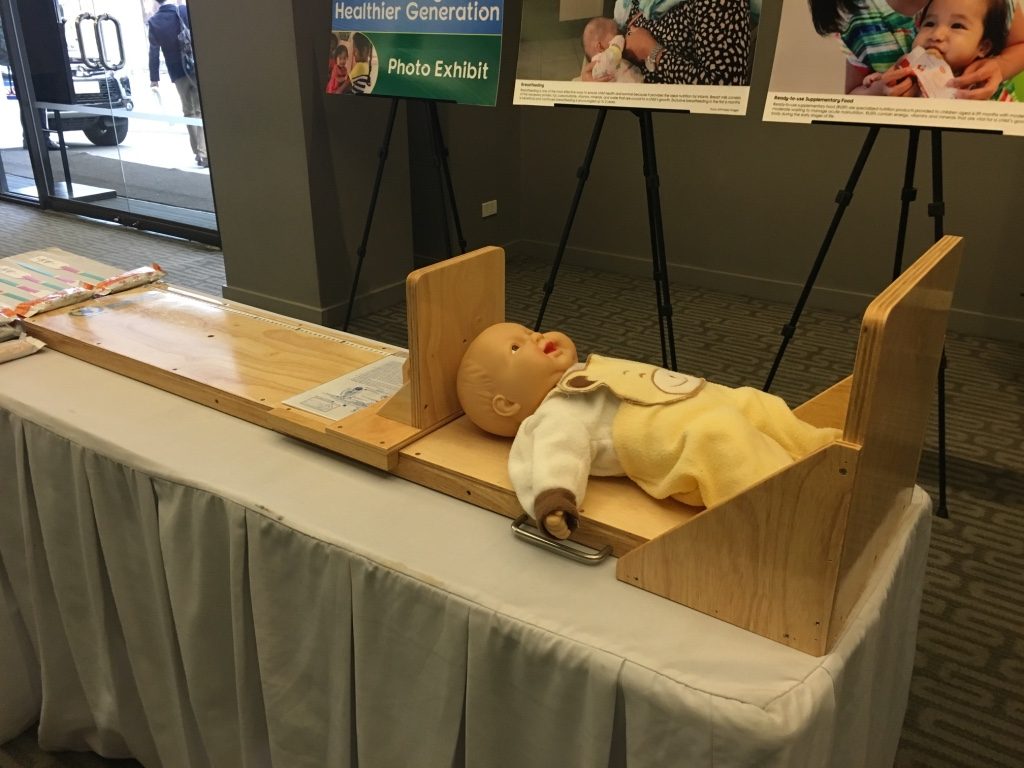
MANILA, Philippines – A new set of guidelines for the management of moderate acute malnutrition of children under 5 years old was launched on Thursday, July 20.
The Department of Health and the World Food Programme (WFP) launched the 142-page manual that will serve as a guide for frontline health and nutrition workers across the country on how to address moderate acute malnutrition or moderate wasting, including its causes, treatment, and prevention methods.
Acute malnutrition is caused by the recent rapid loss of weight or a failure to gain weight due to illness, reduced food intake, inappropriate childcare practices, or combinations of these. (READ: INFOGRAPHIC: How malnutrition affects a child)
The condition is classified as either moderate or severe based on anthropometric and clinical measures.
Health Secretary Paulyn Ubial said children diagnosed with moderate acute malnutrition is 3 times at risk of dying compared to a normal child. The risk is 9 times higher for those with severe acute malnutrition. (READ: Ubial urges LGUs to help stop PH malnutrition time bomb)
WFP country director Martin Bettelley said the Philippines is currently 10th in the world among countries with the highest number of wasting children, based on data from the United Nations Children’s Fund.
Over 700,000 Filipino children under the age of 5 are suffering from moderate wasting.
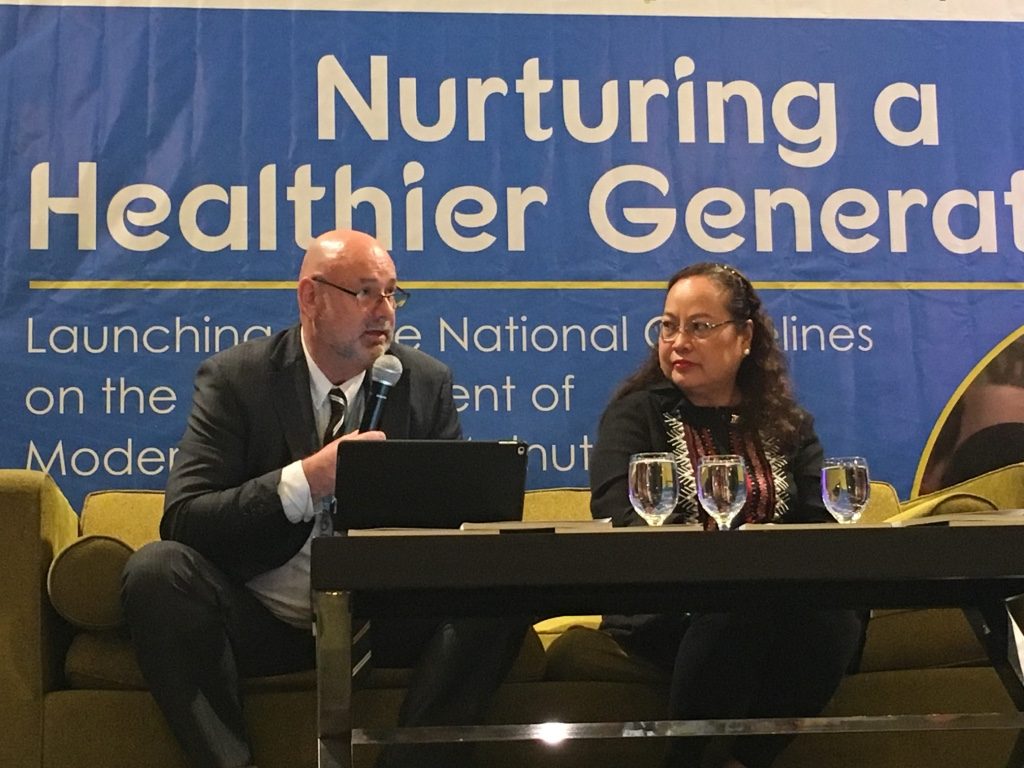
The manual teaches health workers how to determine moderate wasting by measuring the child’s weight against his or her height.
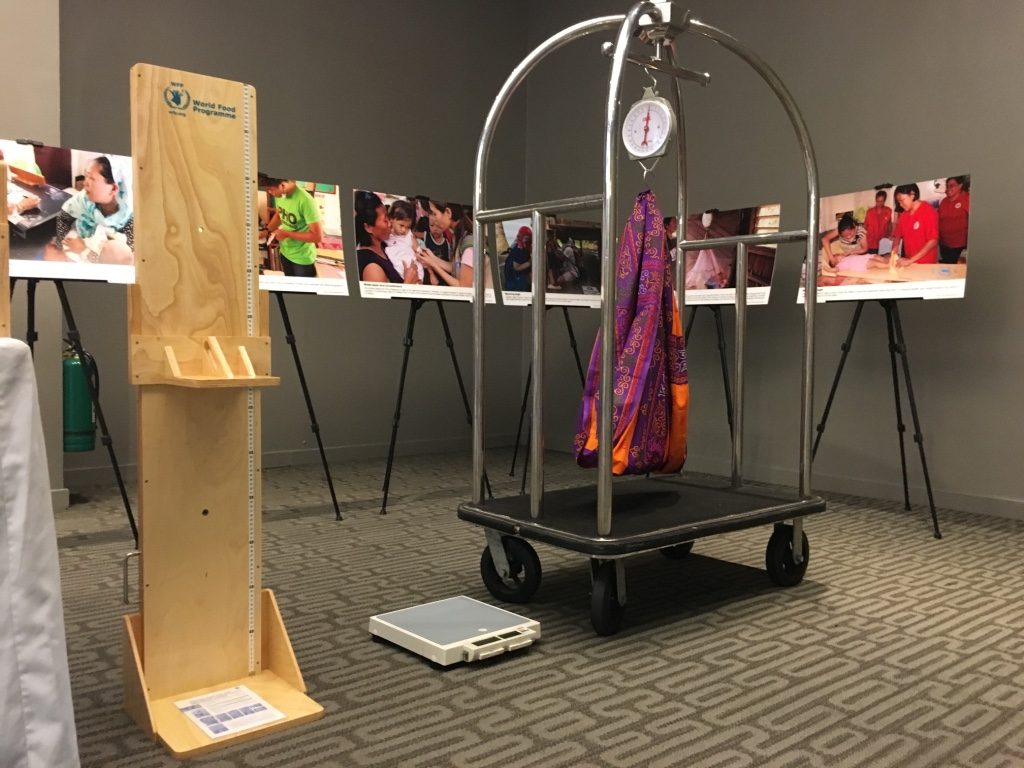
A specialized tape may also be used to measure the child’s mid-upper circumference.
The manual says only children with severe acute malnutrition will have bilateral edema or the swelling of the feet, legs or hands.
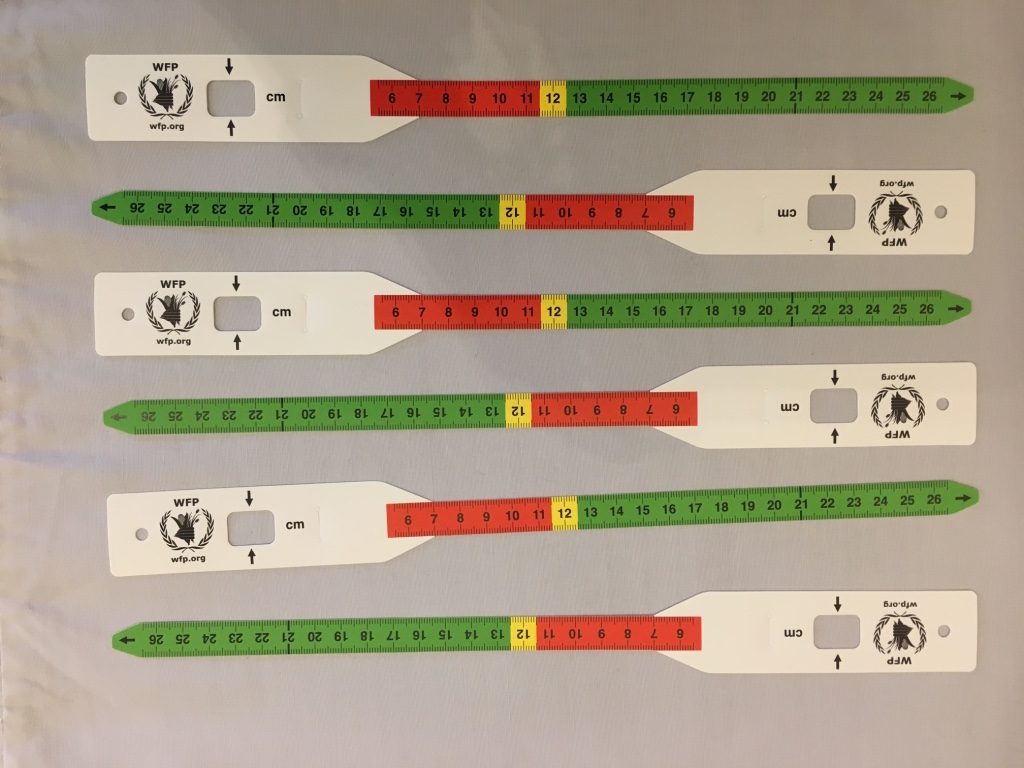 Among the suggested ways to address acute malnutrition are the following:
Among the suggested ways to address acute malnutrition are the following:
- Counselling of mothers on breastfeeding their children for the 1st 6 months
- Counselling on proper diet of both children as well as pregnant and nursing mothers
- Provision of micronutrient supplements
- Immunization
- Good child care practices
- Safe and clean drinking water
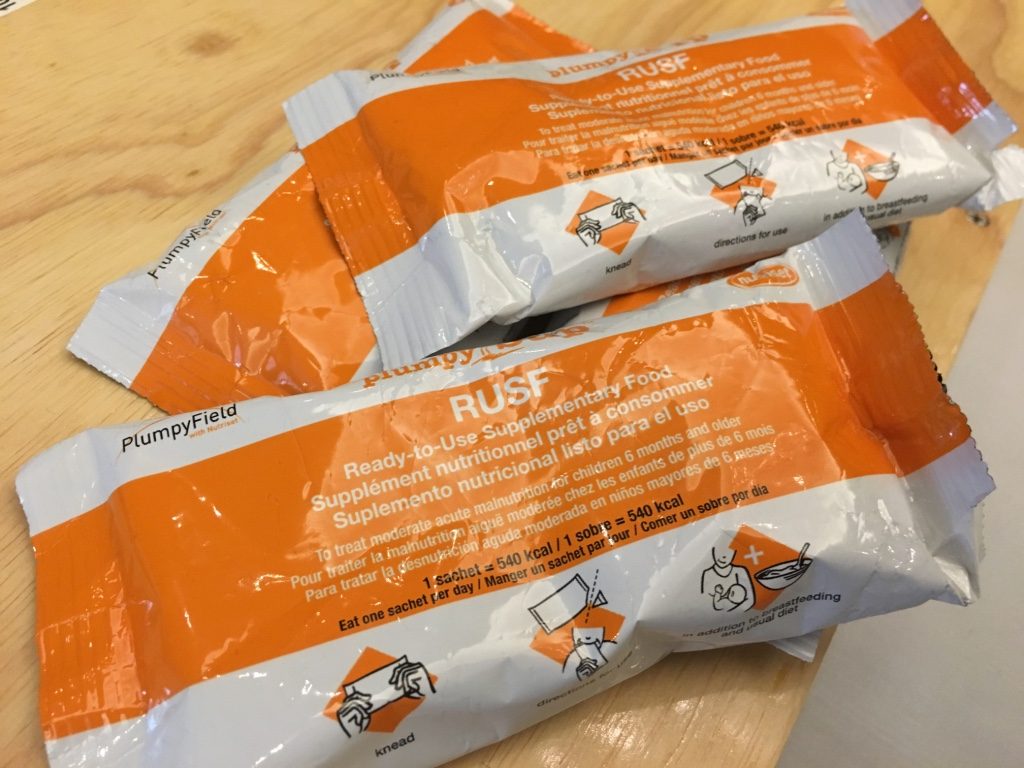
“Health literacy is a new paradigm wherein we will educate our people so that they are empowered – they know what to do, they know where to go, they know where to access health information and health services,” said Ubial.
“It’s not just giving them information. It’s providing them with all the tools and instruments so that they can ensure their health and well-being,” she added. – Rappler.com
Add a comment
How does this make you feel?
There are no comments yet. Add your comment to start the conversation.